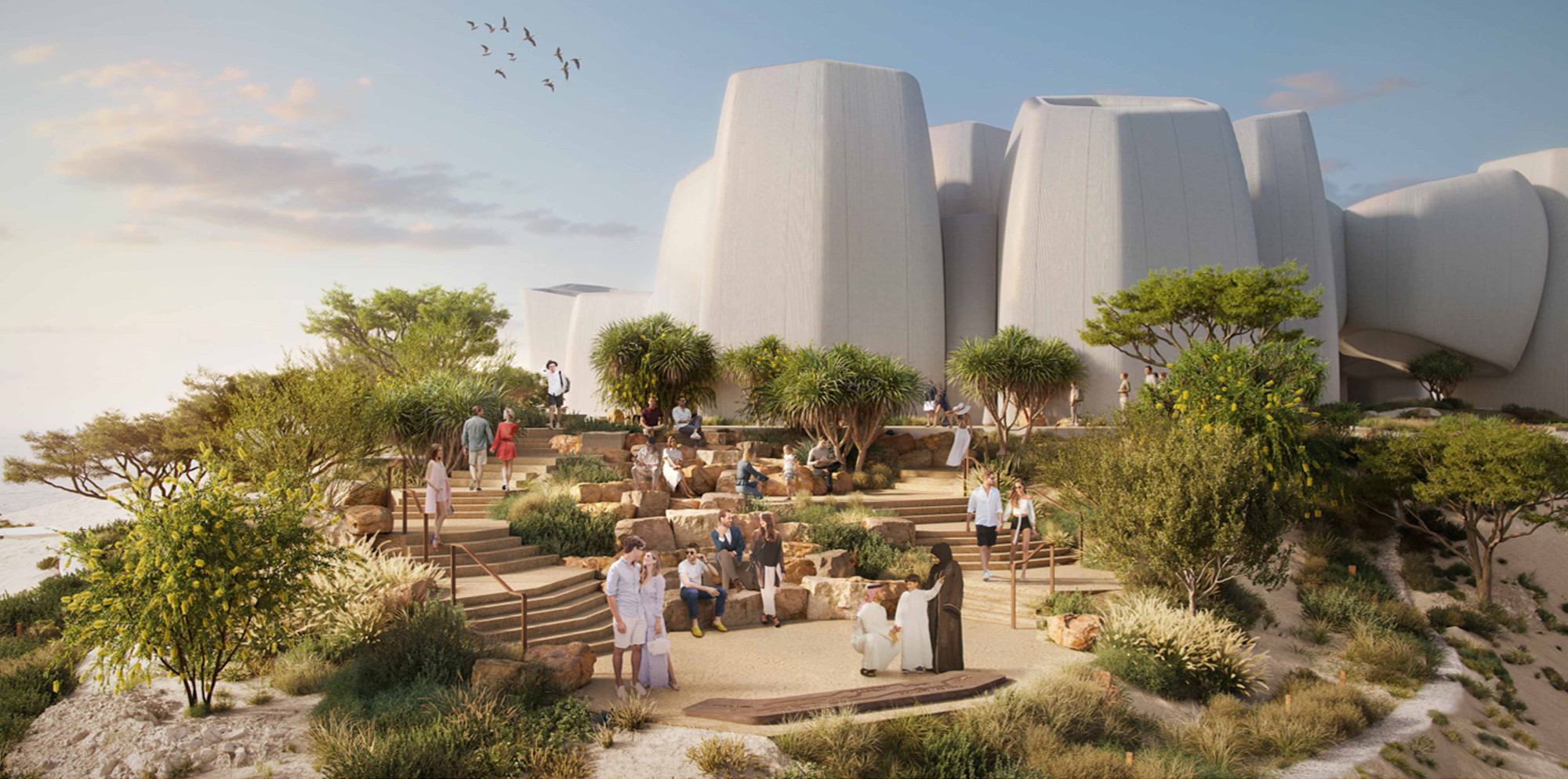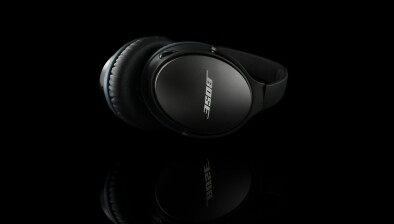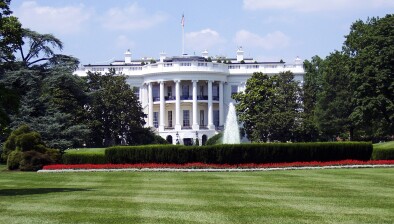And finally… under the sea

The proposed marine life institute designed by Foster + Partners
Foster + Partners has unveiled designs for “the world’s first fully immersive experiential marine life centre” featuring a huge man-made reef.
Located in the Triple Bay Marina at AMAALA, a luxury tourist destination on the Red Sea coastline of Saudi Arabia, the institute will give visitors a glimpse into the wonders of the marine environment and the challenges we face to conserve our natural habitats.
Gerard Evenden, head of studio at Foster + Partners, said: “We are delighted to be working closely with The Red Sea Development Company to realise this unique project.
“Integrated exhibition displays take visitors on a journey through the Red Sea, as they travel down through the building towards the immersive deep reef ‘big reveal’. At the heart of the space a large, suspended semi-spherical tank - a real first-of-its-kind - contains local marine wildlife within a stunning coral exhibit.”
The visitor journey starts at the entrance where visitors are flanked by colourful tanks as they walk towards the central exhibit. The central canopy, which spans across all four of the building ‘clusters’, provides both shading and open to sky area for ventilation.
The exhibitions displays are integrated with the architecture of the building, illustrating the journey through the Red Sea – from shallow mangroves and sandy beaches to the immersive deep reef big reveal, which is designed to create an awe-inspiring spectacle for visitors as they travel down through the building into the ocean.
The institute comprises three floors, which are located above ground, below ground and under water. In addition to the immersive exhibition spaces, there will be researcher-led educational tours of the laboratories, as well as underwater guided tours of the Red Sea in the latest submersible vehicles.
The institute’s private offices are naturally lit. The screen that shades the windows and skylights is inspired by the intricate pattern of corals, filtering dappled light into the interior spaces.
The design utilises GRC panels to replicate the patterns of the coral reef, both in the shape of the modules and the texture of the walls. The panels are supported by a structural steel frame to maintain lightweight construction.
The structure is effectively supported on four points, with a large canopy that shades the central plaza, which offers panoramic views of the Red Sea and the marina. Below ground, the reinforced concrete structure is ideal for creating a controlled environment for museum displays.
More than 40 per cent of the site is covered by native plants, and a system to collect runoff water prevents erosion and pollution, while reducing mains water use. The lighting throughout the institute has also been sustainably designed, with an innovative framework to prevent light pollution to protect the nocturnal environment.

















